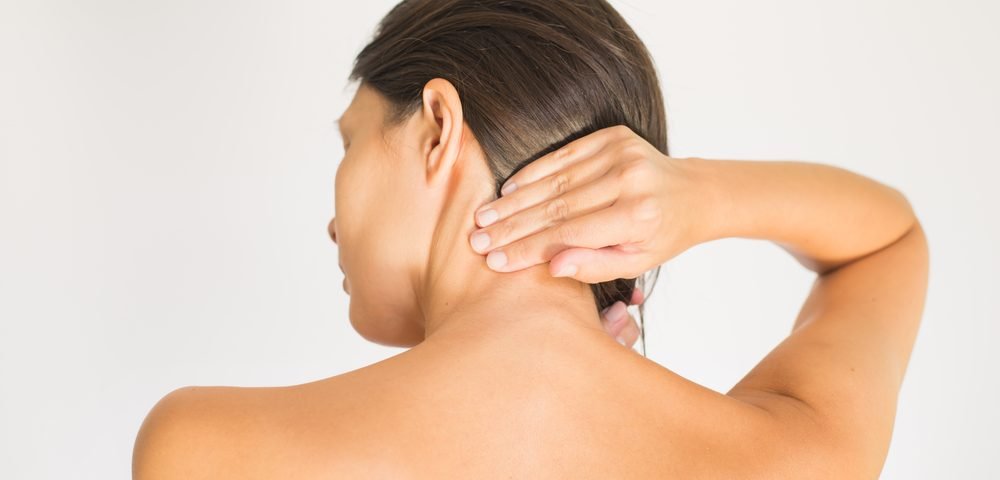EDS and Your Skin
Written by |

Skin issues are common to people with Ehlers-Danlos syndrome (EDS). Here is more information about how EDS can affect your skin, as well as some ways in which you can manage these problems.
How may EDS affect your skin?
Although specific symptoms vary, most types of EDS have some degree of skin involvement.
One of the most common traits is overly stretchy skin (hyperextensible), which can stretch farther than normal. Stretchy skin can occur in almost all subtypes of EDS, being most prominent in classical EDS. It is not found in vascular EDS, but the skin of these patients is usually thin and transparent-like, with the blood vessels easy to see.
Another feature of EDS is soft, “velvety” skin that is fragile and prone to tears, bruising, and abnormal scarring. This can lead to stretch marks and difficulties with wound healing.
Other, less common EDS skin features include circular rashes on the neck and joints, caused by pieces of elastic fibers that protrude from skin’s lower layers into the upper layers, and small lumps called piezogenic papules that appear on the heels and wrists when pressure is applied.
What causes the problem?
EDS affects the connective tissue that provides support to the skin and other structures in the body. It is caused by genetic mutations or errors that affect the collagen protein. Collagen contributes to the flexibility or elasticity of connective tissue. Problems with collagen can lead to a looseness and possible fragility of the skin and blood vessels.
How to manage it?
There are no specific treatments to improve connective tissue problems in the skin of EDS patients, and the best management to date is to avoid damage as much as possible.
You may find it helpful to use a moisturizing lotion and sunscreen. You should also avoid cold to prevent chapping and other damage.
Lowering the risk of bumping and scraping the skin by padding the corners of furniture, as well as taking care not to trip and fall, and not engaging in contact sports can help prevent bruising and tears.
When injuries do occur, be careful when removing bandages as they can pull away layers of skin and possibly reopen the wound. Wound healing may also take longer, so be patient so avoid putting strain on any scars as they may reopen.
If you are undergoing surgery, tell the doctors about your condition. This way, they can take precautions before and during the surgery, and while closing the wounds. If possible, surgical wounds should be closed in two layers, with additional support for the incision through the use of adhesive dressings. You may need to wait longer than usual before doctors remove any stitches and staples to ensure that the wound has healed fully.
Last updated: Jan. 20, 2021
***
Ehlers-Danlos News is strictly a news and information website about the disease. It does not provide medical advice, diagnosis, or treatment. This content is not intended to be a substitute for professional medical advice, diagnosis, or treatment. Always seek the advice of your physician or other qualified health providers with any questions you may have regarding a medical condition. Never disregard professional medical advice or delay in seeking it because of something you have read on this website.





